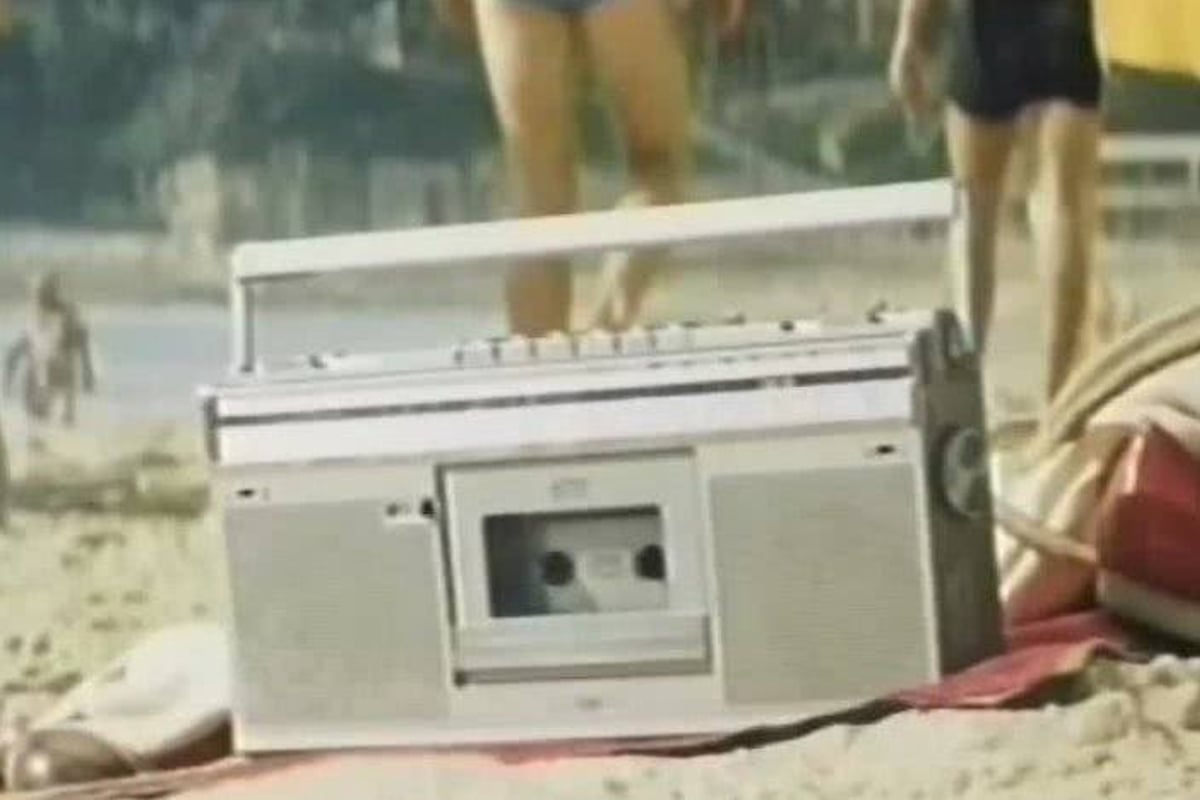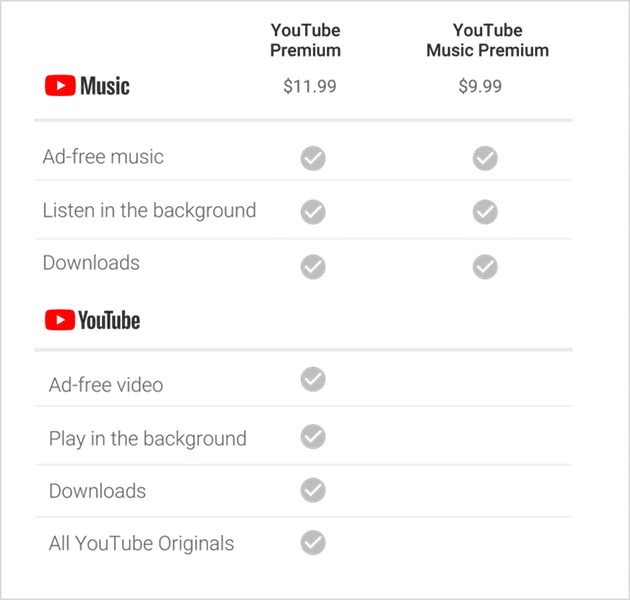Switching from Spotify: Is it too late for YouTube Music?

YouTube Music, Google’s latest big swing at the music streaming market, is set to launch in Australia this Wednesday.
Is it six years too late?
Ironically (or something certainly approaching irony), today marks the sixth anniversary since Spotify launched in Australia. Six years is a long time in the world of technology.
MySpace launched in August, 2003. By June 2006, it was outranking Google in webpage hits. In April, 2008, Facebook overtook them both. This all happened in less than six years. Six years before The Beatles released the White Album they were still playing in Hamburg: pre-label, pre-fame, pre-Ringo.
Six years is a long time.
It’s also a long time to become entrenched in a habit. It’s a lot of Spotify playlists built and shared. It’s a lot of saved songs, and time spent mindlessly hitting the Spotify icon out of habit whenever everyone suggests we put on some music. If anyone has transferred MP3s from computer to computer, only to have all the file names refuse to come along for the ride, you know how painful starting over with music is.
Spotify has 73-76 million paid subscribers, and 168-171 active users who hate paying and enjoy ads. This is a lot of people to whom you can and maybe have sent playlists. This is a lot of people for those artists hoping to reach the maximum amount of people possible. Spotify has a deep library, and no doubt YouTube Music will have a comparable one too. But what else will it have? Like the guy who knocks on your door at 8:30am on a Sunday morning and asks whether you’d consider switching electricity suppliers, the up-sides better be damn compelling.
So far, they don’t seem to be.
One of the touted benefits to signing up for YouTube Premium is the ability to “listen in the background”, a function which is available on the free tier of Spotify, and a listening flaw that YouTube themselves built into their player.
Think about it: there is no logical reason for the audio on a YouTube clip to stop playing upon minimising the browser window on your mobile phone. That’s an inbuilt wrinkle, built to be solved – first by the YouTube Red platform, which was a clear failure, and now on this new platform. They want you to pay to fix this feature.

So, is YouTube Music six years too late?
Let’s be honest. People probably won’t shift from Spotify, at least not at first, and probably not at all. Anyone with a moral issue regarding royalties won’t be thrilled by YouTube’s set-up either, and those who simply don’t like the interface will probably have jumped across to Apple Music.
Google Play Music wasn’t a success, nor was the 2015 YouTube Music App, which was a halfhearted attempt at best.
There is another route to success, though. If YouTube Red’s Originals series can commission a number of genuinely great television series, much in the way Netflix did, then a bundle service might be enough to compel people to make the switch.
Unless YouTube do something drastic, Spotify will continue to have the music streaming market cornered.
FURTHER READING: A THOUGHT EXPERIMENT – THE ALTERNATIVE TRIPLE M
This article originally appeared on The Industry Observer, which is now part of The Music Network.






























